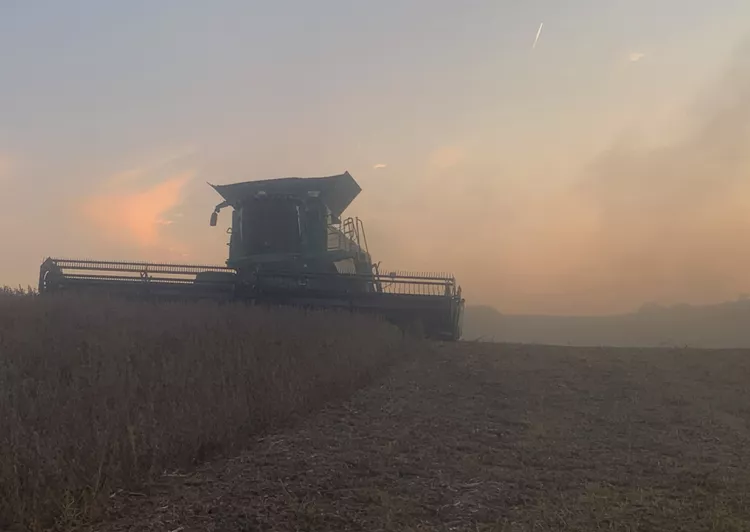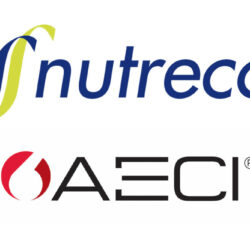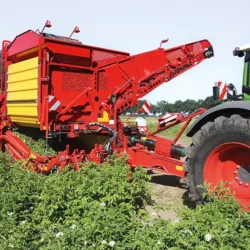Slow starts to harvest, heavy residue, and no-till wheat planting contribute to a busy fall on the XtremeAg farms.
Slow starts to harvest, heavy residue, and no-till wheat planting contribute to a busy fall on the XtremeAg farms.
Lee Lubbers- Gregory, South Dakota
Lee Lubbers is a fourth-generation farmer in Gregory, South Dakota. Lubbers Farms includes more than 17,000 acres of dryland soybeans, corn, and wheat. Lubbers says he is always trying to learn and challenge himself.
Corn and soybeans are still a little ways off. We expect to begin harvesting soybeans by the end of the month, with corn harvest starting mid-October. Considering how dry August was, we feel very fortunate. We got some rain in late August, which helped sustain our corn and fill out our soybeans nicely.
We’re just beginning to plant our wheat on wheat acres. It’s been a slow process because the ground has hardened, and we have a lot of residue from this year’s high yields. We’re seeding at 5 mph with our air seeders to cut through the crop residue and into the hard ground. It’s slower than usual, but we’re making progress. The late starts are due to the fact that we can’t seed when it’s damp. Otherwise, we risk hairpinning the seed into the stubble rather than cutting through it and getting it into the soil. If we hairpin our seed in no-till, we’re wasting time and money.
Today, we’re starting to install drain tile. The crew from Minnesota will be here for 7 to 10 days to complete what we have planned for the season. Every year since we began, we’ve chosen wheat stubble fields to install tile. It’s been great for our bottom line, and it’s also beneficial for the soil and environment.
This year, we’ll plant 1,500 acres of wheat, no-tilling it back into wheat stubble. The rest of our acres will be in soybean stubble after the combines roll through. So when fall harvest hits, it’s extra busy for us as we’ll be planting and harvesting at the same time.
Kelly Garrett – Arion, Iowa
Kelly Garrett is a fifth-generation farmer in western Iowa. Garrett farms 4,000 acres of corn, over 1,800 acres of soybeans, and 170 acres of winter wheat.
Fall is here, and we’re weaning calves. It’s a great time to do it because the calves are big enough, and the pastures are starting to get short. By weaning them now, we’re taking pressure off the feed situation going forward.
We’re just starting harvest, so we don’t have any crop fields open yet to move the cows into a new feeding situation. The pastures always get short this time of year, and once we have some crops harvested, it’ll be nice to move the cattle into those fields for fresh feed. With the rain we’ve had this year, harvest is about a week behind. So, one benefit of weaning now is reducing pressure on the pastures until we can get into the fields.
We’ve tried harvesting some 100-day corn, but it’s still testing at 30% moisture through the combine. We’re holding off until next week when we can bring it in at 28% or lower.
We’ve started harvesting some early (1.8 maturity) soybeans as well. We desiccated those and they yielded around 65 bpa on some rough ground, so I was pleased with that. We’re preparing that ground to go back into soybeans. Now we’re onto harvesting some 2.0 maturity beans and later ones. The field isn’t finished, but the yield monitor is showing 80 bushels, which is really nice.
The desiccation has worked well, and we’re experimenting with using boron and copper to desiccate the beans instead of Gramoxone. It’ll be interesting to see how that research turns out.




